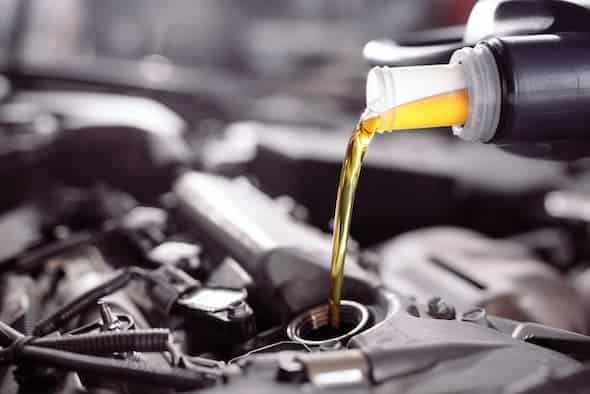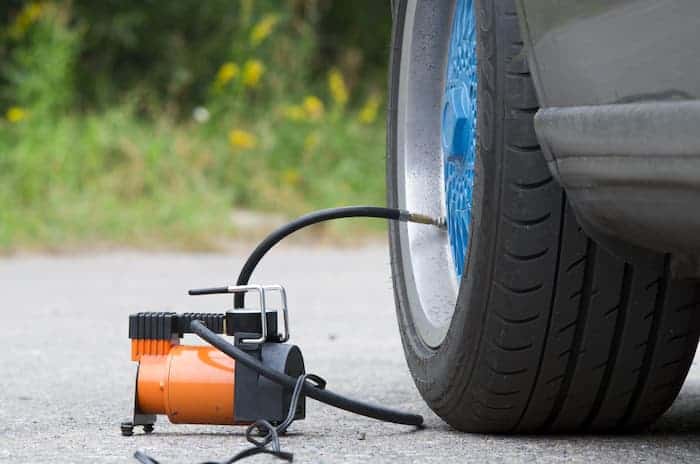With advancements in automotive technology, safety has become a top priority for both drivers and manufacturers. One of these safety innovations is the Dynamic Stability Control (DSC) system. But what does dsc mean in a car? In this article, we’ll explore the ins and outs of DSC, how it works, its benefits, and how to maintain it.
Table of Contents
Toggle- What is DSC?
- How DSC Works
- Benefits of DSC
- DSC vs. Traction Control
- DSC vs. Electronic Stability Control (ESC)
- How to Use DSC in Your Car
- Common DSC Problems and Troubleshooting
- Maintaining Your DSC System
- Conclusion
- What does DSC stand for?
- Is DSC the same as ESC?
- Can I turn off my car's DSC system?
- What does it mean if my DSC indicator light is on?
What is DSC?
Definition and function
Dynamic Stability Control, or DSC, is an advanced safety feature in modern vehicles designed to improve vehicle stability and control, particularly during adverse driving conditions or sudden maneuvers. DSC uses a series of sensors to detect wheel slip, vehicle speed, and lateral acceleration, and then applies corrective actions to maintain control and prevent skidding.
Components of the DSC system
The primary components of a DSC system include wheel speed sensors, a steering angle sensor, a yaw rate sensor, and a lateral acceleration sensor. The system is also interconnected with the vehicle’s anti-lock braking system (ABS) and engine control module (ECM).
How DSC Works
Sensors and data
The DSC system continuously monitors various parameters of the vehicle, including wheel speed, steering angle, lateral acceleration, and yaw rate. These data points are used to determine if the vehicle is behaving as expected based on driver inputs.
DSC system’s response
If the DSC system detects a discrepancy between the vehicle’s actual behavior and the driver’s intended behavior, it intervenes to correct the issue. This is done by modulating engine power and selectively applying the brakes to individual wheels, helping the vehicle regain stability and maintain its intended path.
Benefits of DSC
Enhanced stability and control
DSC can significantly improve vehicle stability during sudden maneuvers, slippery road conditions, or abrupt changes in direction. This added control helps drivers avoid accidents and maintain control of their vehicle during difficult driving situations.
Improved safety
With better vehicle control and stability, DSC can help prevent accidents and reduce the severity of crashes. It is particularly beneficial during wet, snowy, or icy conditions when the risk of skidding or losing control is higher.
Better performance
In addition to safety benefits, DSC can also enhance vehicle performance. By ensuring optimal traction and stability, drivers can experience smoother and more predictable handling.
DSC vs. Traction Control
While DSC and traction control systems share some similarities, they serve different purposes. Traction control is primarily focused on preventing wheel spin during acceleration, while DSC is designed to maintain overall vehicle stability during various driving situations.
DSC vs. Electronic Stability Control (ESC)
DSC and ESC are often used interchangeably, but they are essentially the same technology with different names. Different manufacturers may use either term to describe their stability control system. The primary function of both DSC and ESC is to enhance vehicle stability and control during various driving conditions.
How to Use DSC in Your Car
Activating and deactivating DSC
DSC is typically active by default when you start your vehicle. In some cases, you may want to deactivate the system, such as when driving on loose surfaces or when using snow chains. To do this, look for a button on your dashboard or center console labeled “DSC,” “ESC,” or something similar. Pressing this button will typically deactivate the system, and an indicator light will illuminate on your dashboard.
Indicator lights
Your vehicle’s dashboard will have an indicator light for the DSC system, which may look like a car with skid marks or a similar symbol. This light will usually illuminate briefly when you start the vehicle, indicating that the system is active. If the light stays on or begins flashing, it may indicate a problem with the DSC system that requires attention.
Common DSC Problems and Troubleshooting
Some common issues with DSC systems include faulty sensors, damaged wiring, or software glitches. If your DSC indicator light is on or flashing, it’s essential to have the issue diagnosed by a qualified mechanic. They will use specialized diagnostic tools to pinpoint the problem and recommend any necessary repairs.
Maintaining Your DSC System
Regular maintenance of your vehicle, including the braking system, tires, and suspension, is crucial for the proper functioning of your DSC system. Ensure your brakes are in good condition, your tires are properly inflated and have sufficient tread, and your suspension components are free from damage or excessive wear. If you notice any issues with your DSC system, have them addressed promptly to maintain your vehicle’s safety and performance.
Conclusion
Dynamic Stability Control is an essential safety feature in modern vehicles, providing enhanced stability and control in various driving conditions. By understanding how DSC works and how to maintain it, you can help ensure the safety and performance of your vehicle. Now that you know what DSC means in a car, you can appreciate the benefits it offers and make informed decisions about its maintenance and potential upgrades.
What does DSC stand for?
DSC stands for Dynamic Stability Control, a safety feature designed to improve vehicle stability and control during various driving situations.
Is DSC the same as ESC?
Yes, DSC and ESC are essentially the same technology with different names. Different manufacturers may use either term to describe their stability control system.
Can I turn off my car's DSC system?
Yes, you can usually deactivate the DSC system by pressing a button on your dashboard or center console. However, it is generally not recommended to do so, as DSC provides crucial safety benefits.
What does it mean if my DSC indicator light is on?
If your DSC indicator light is on or flashing, it may indicate a problem with the system that requires attention. Have the issue diagnosed by a qualified mechanic to maintain your vehicle’s safety and performance.




